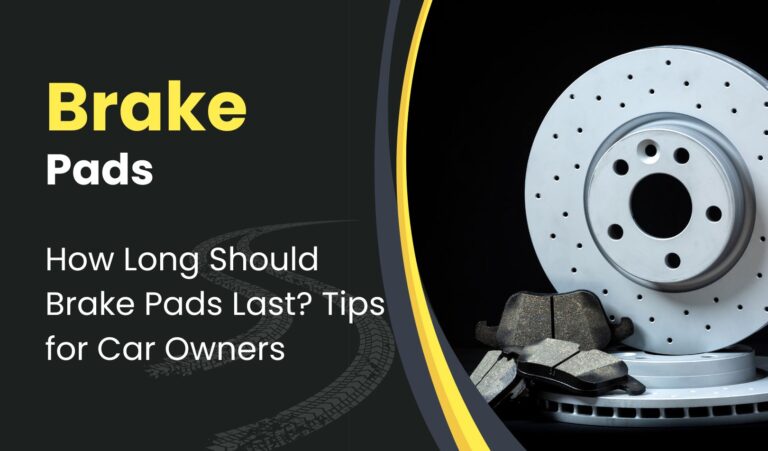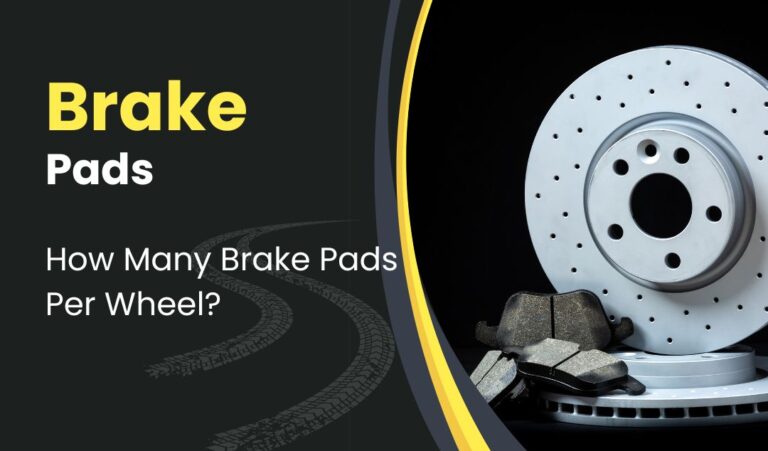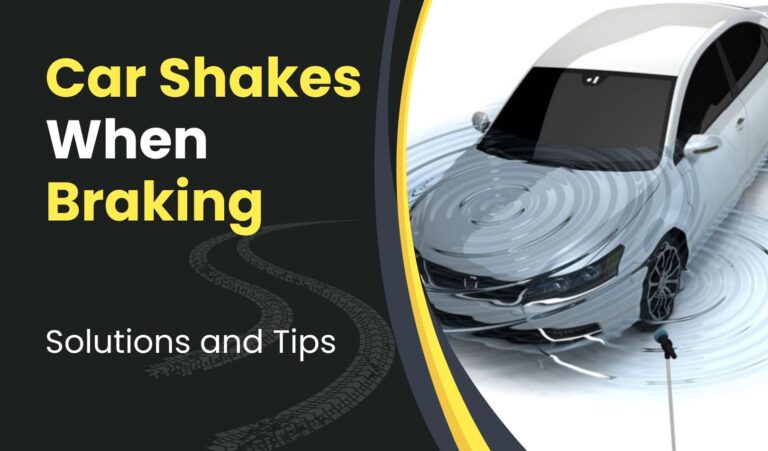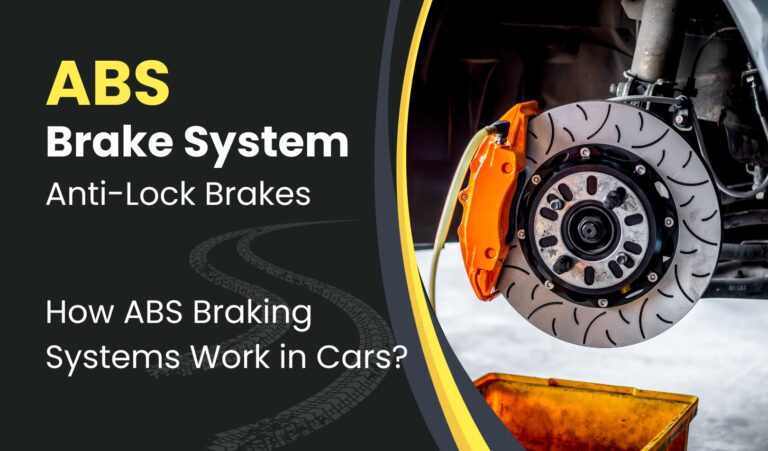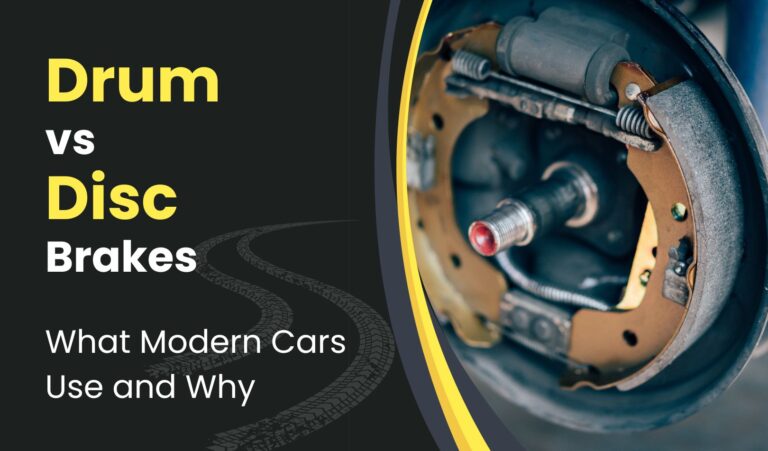What to Do If Brakes Fail in an Automatic Car: Safety Tips
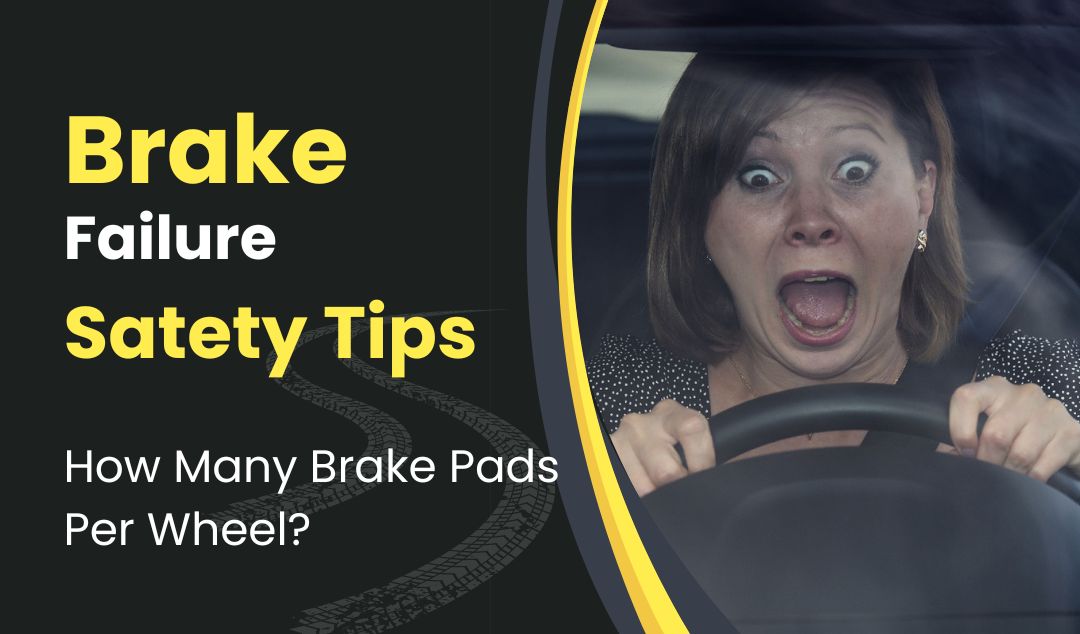
Imagine cruising down the highway when suddenly your brakes stop working. This terrifying scenario is a nightmare for any driver, but knowing what to do if brakes fail can be the difference between life and death. Brake failure is a rare but serious issue that can happen to anyone, even those with well-maintained vehicles. Understanding how to handle this emergency is crucial for every driver’s safety on the road.
This article will guide you through the essential steps to take if your brakes fail while driving. We’ll cover how to recognize the signs of brake failure, immediate actions to take when you realize your brakes aren’t working, and safe methods to stop your vehicle. By the end, you’ll be better prepared to handle this scary situation, potentially saving lives and avoiding accidents. Remember, staying calm and following these safety tips can help you navigate through one of the most dangerous scenarios a driver can face.
Recognize the Signs of Brake Failure
Drivers should be aware of several indicators that suggest potential brake issues. Mobile Mechanic Columbia SC emphasizes the importance of recognizing these signs early to prevent dangerous situations on the road.
Warning Sounds
Unusual noises often signal brake problems. Squealing sounds may indicate worn brake pads, while grinding noises suggest more severe damage. These auditory cues shouldn’t be ignored, as they can signify the need for immediate attention.
Pedal Feel Changes
A soft or spongy brake pedal that goes to the floor with little resistance is a serious concern. This could indicate air in the brake lines or a failing master cylinder. If the pedal feels different than usual, it’s crucial to have the brakes inspected promptly.
Dashboard Warning Lights
Modern vehicles are equipped with various warning lights to alert drivers of potential issues. Brake Repair specialists note that illuminated brake warning lights, ABS indicators, or parking brake lights should prompt immediate action. These lights can signal low brake fluid, worn brake pads, or other system malfunctions that require professional assessment.
Free Brake Inspection by Expert Technicians.
Immediate Actions to Take
When faced with brake failure, drivers must act swiftly and decisively. The first step is to stay calm. Panic can impair judgment and lead to poor decision-making. Once composed, drivers should immediately begin to downshift to a lower gear. This technique allows the engine to provide braking force through compression, helping to slow the vehicle.
Engine braking is crucial in this situation. By shifting down through the gears one at a time, drivers can let the engine assist in decelerating the car. This method is particularly effective when combined with other techniques.
Engaging the emergency brake gradually is the next step. It’s important to apply it firmly but steadily to avoid locking the wheels, which could cause a loss of steering control. The emergency brake can help slow the vehicle, though it won’t bring it to a complete stop immediately.
Read: Car Shakes When Braking: Solutions and Tips
Safely Stopping the Vehicle
Find an Escape Route
When faced with brake failure, a driver’s priority should be to find a safe area to guide the vehicle. They should look for open spaces, grass medians, or fields to steer into, avoiding hills and intersections. If no such options are available, using the road’s shoulder can be a viable alternative. It’s crucial to turn on hazard lights to alert other drivers of the emergency situation.
Use Friction to Slow Down
To decelerate the vehicle, drivers can employ several techniques. Gradually applying the parking brake can help slow the car, but it should be done carefully to prevent wheel lock-up. If necessary, gently rubbing against a guardrail or barrier can create friction to reduce speed. However, this should be a last resort due to potential vehicle damage.
Turn Off the Engine
Turning off the engine should be the final step, only done once the vehicle has come to a complete stop. Shutting off the ignition prematurely can disable power steering and potentially lock the steering wheel, making the car uncontrollable. It’s essential to maintain steering ability throughout the stopping process.
Free Brake Inspection by Expert Technicians.
Conclusion
Brake failure is a frightening scenario, but being prepared can make a world of difference. By recognizing early warning signs, taking immediate action, and knowing how to safely stop your vehicle, you can significantly reduce the risks associated with this emergency. Mobile Mechanic Columbia SC emphasizes that regular maintenance and prompt attention to any brake issues are key to preventing such dangerous situations on the road.
To wrap up, the steps outlined in this article provide a roadmap to handle brake failure calmly and effectively. Remember, staying alert, acting decisively, and prioritizing safety are crucial when faced with this rare but serious issue. By following these guidelines and maintaining your vehicle properly, you’ll be better equipped to protect yourself and others on the road, turning a potential disaster into a manageable situation.
FAQs
Q: What should you do if your automatic car’s brakes stop working?
A: If your car has an automatic transmission and the brakes fail, remove your foot from the accelerator. This action allows the car to engage lower gears automatically as it begins to slow down.
Q: How do you handle a situation where the brakes are cut in an automatic car?
A: In the event that your car’s brakes are cut, follow these steps:
- Lift your foot off the accelerator to allow the car to slow down naturally through engine braking.
- Activate the hazard lights.
- Change lanes gradually and with caution to avoid sudden movements.
- If your car has a manual mode in its automatic transmission (AMT/CVT), switch to that mode. If not, proceed to the next step.
Q: What actions can you take to safely stop your car if the brakes fail?
A: If you find yourself in a car with failing brakes, take these measures:
- Take your foot off the gas pedal.
- Turn on your hazard lights if possible.
- Downshift slowly if your car has a manual mode.
- Pump the brake pedal hard and fast to build up brake fluid pressure.
- Carefully apply the emergency brake.
- Optionally, you can use guard rails to help slow down the car.
- Steer the car to a safe area.
Q: What is a crucial step to take when your car’s brakes fail?
A: If your brakes fail, immediately perform these three critical actions:
- Downshift to a lower gear to help reduce speed.
- Pump the brake pedal quickly and forcefully several times to increase brake fluid pressure.
- If the brakes still do not respond, cautiously apply the parking brake to help bring your vehicle to a stop.

